
KUALA LUMPUR, Feb 4 — Hard to believe it but it has already been two whole weeks of Chinese New Year. Soon the celebrations (the daily chorus of fire crackers in your neighbourhood, anyone?) will come to an end (it’s Chap Goh Meh on Sunday, as sure a milestone as any) and we shall eagerly await next year’s festivities.
But not yet.
If your household is anything like mine, there will still be plenty of food from recent gatherings with friends and colleagues, or jars of cookies and tarts from well-meaning mothers, aunts, friends and neighbours. Perhaps your fridge is groaning under the weight of leftovers.
This is a good problem.
If anything, it means that though we shall have to wait another 12 months before taking the Chinese New Year decorations out of storage to hang up once more, we can continue to celebrate in our own way, through the meals we conjure up from feasts not-so-long-ago.
I find myself inspired by another holiday, albeit one celebrated in the United States on the fourth Thursday of November (and on the second Monday of October in Canada). I’m talking about Thanksgiving, of course.
It’s not one that we are familiar with here, so close to the equator. With the aspects of a harvest festival, Thanksgiving is a time for prayers of gratitude for the safe landing of English settlers in America all those centuries ago.
But it’s what happens after Thanksgiving that I am most intrigued by. When there is leftover roast turkey and stuffing and cranberry sauce, what do my American and Canadian friends do with these?
Well, repurpose the meat and carbohydrates and gravies, sweet or savoury, and make new dishes such as sandwiches and toasties, breakfast hash and stews.
Given most of my American and Canadian friends are Asians, they would probably dice up these ingredients and add them to the wok for a spectacular fried rice.
Which isn’t a bad idea for my leftover Chinese New Year goodies – from a couple slices of bak kwa to a bowl and half of lap mei fan – but I want something with less work. Stir frying with a hot wok seems to entail plenty of clean up if stray grains of rice fly here and there (and they will!).
Why not steam the lot instead?
Arranged daintily to allow the colours to contrast and complement (some greens and red-oranges from vegetables will lend a hit of freshness here), all we would need to do is to place the bowl in a steamer (or even a wok with a steam rack) and wait.
Less than five minutes later, we will have a piping hot Prosperity Bowl - full of tasty ingredients and a final hurrah for this year’s fortnight of feasting, at least till next year’s Chinese New Year celebrations are upon us again.
Prosperity Bowl
Frugality is part of the make-up of this dish, to be sure, but isn’t a sense of prudence and thrift another way to ensure abundance and prosperity in the coming months?
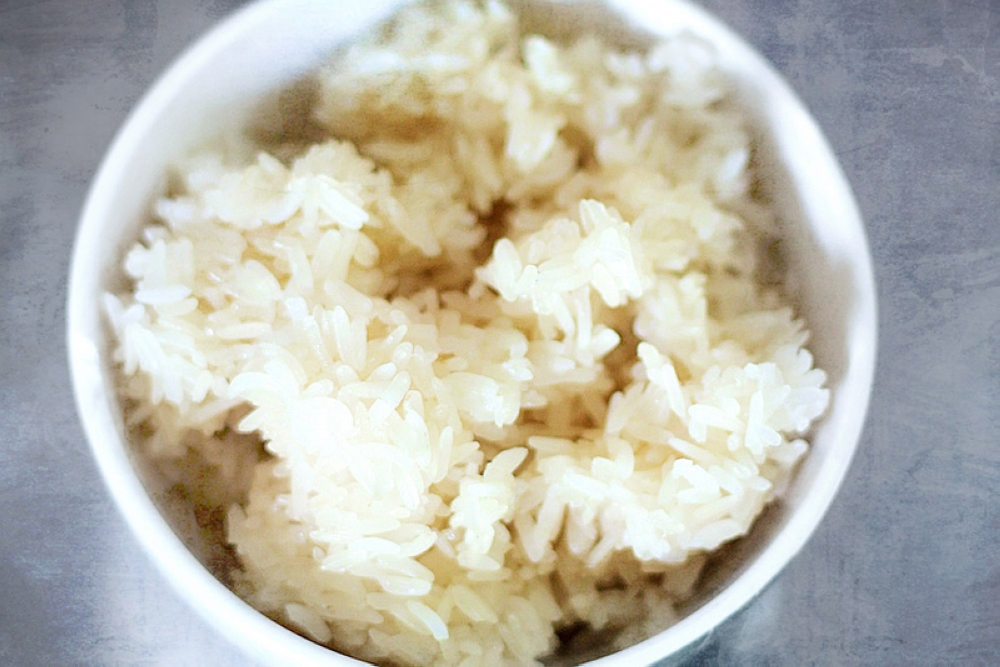
It’s easy to make substitutions. If you don’t have any leftover lap mei fan handy, some plain rice or glutinous rice will work too.
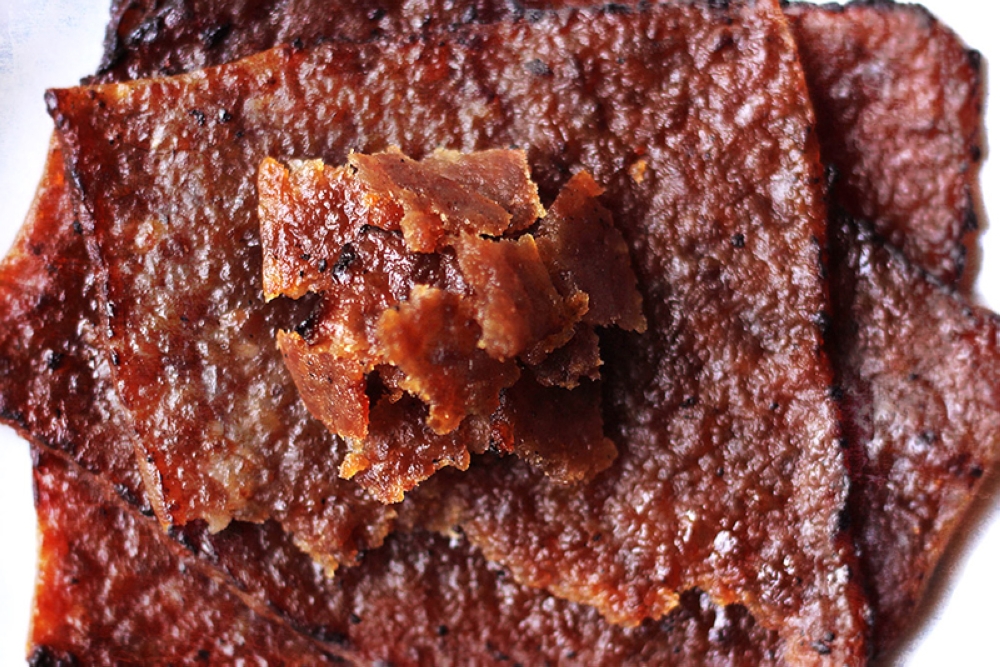
If you have any bits of lap mei (Chinese waxed meats) remaining, these can be sliced into bite-sized chunks, just like the bakkwa.
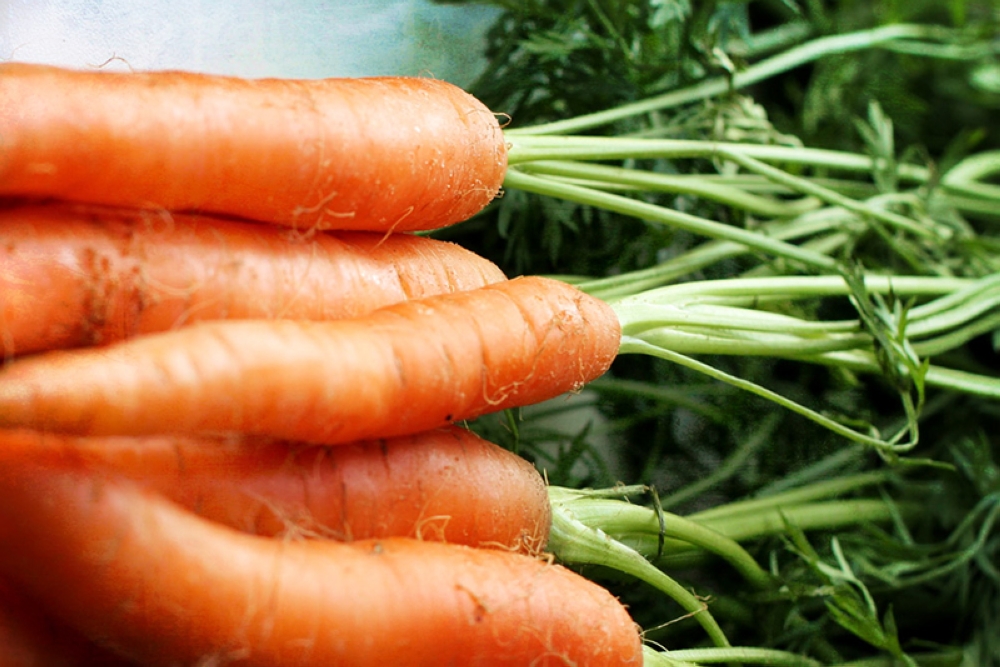
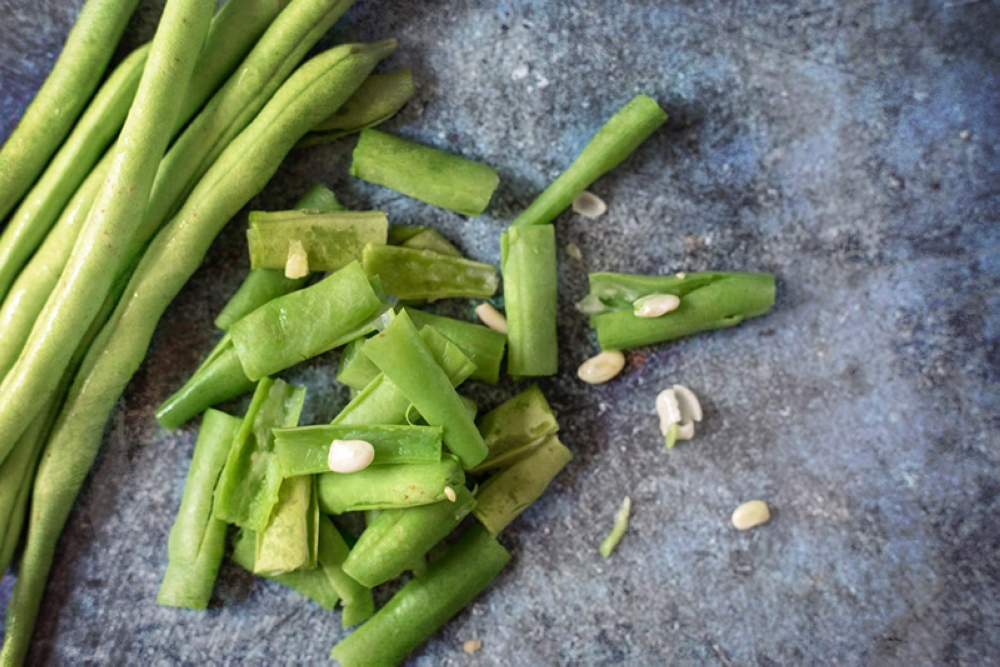
Some vegetables can add brightness and freshness to the dish. Here the colours of red-orange carrots julienned into sticks and the vibrant green of French beans make the Prosperity Bowl pop, all rainbow hues and brimming with abundance.
Ingredients
1 bowl of leftover lap mei fan (alternatively use plain rice or glutinous rice)
Any leftover lap yuk (Chinese waxed meats), sliced into bite-sized chunks
2 slices of bak kwa, torn into bite-sized chunks
A handful of wood-ear fungus, sliced into thin strips
½ carrot, peeled and sliced into sticks
2-3 French beans, peeled and sliced into sticks
A drizzle of sesame oil
Method
Fill a large bowl with the rice, until slightly more than half full. Top with the other ingredients – chunks of lap yuk (if any) and bak kwa, strips of wood-ear fungus, sticks of carrot and French beans.
Place in a steamer or wok with a steam rack (filled with enough water to reach just below the top of the rack). Cover with the lid and steam for about five minutes until everything has warmed up.
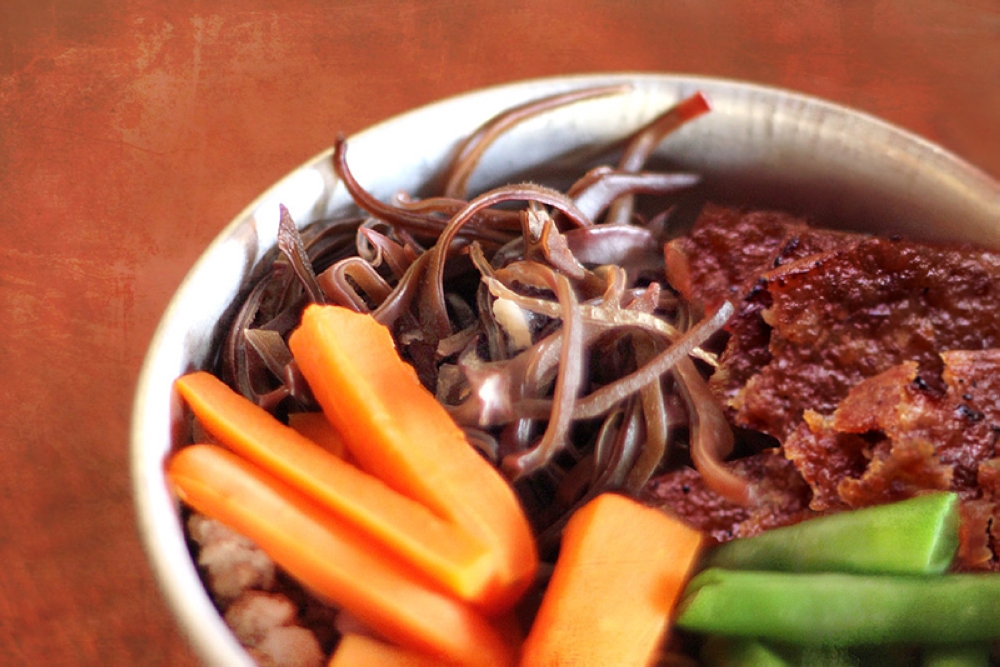
Remove the bowl from the steamer. Drizzle with some sesame oil and serve immediately.
For more Weekend Kitchen and other slice-of-life stories, visit lifeforbeginners.com.
* Follow us on Instagram @eatdrinkmm for more food gems






















